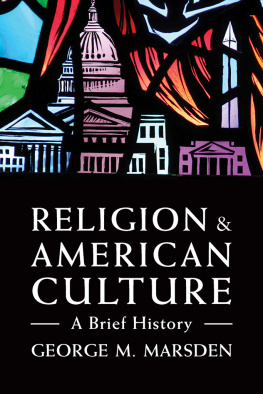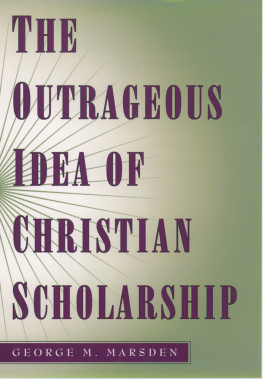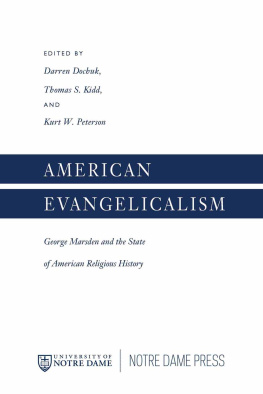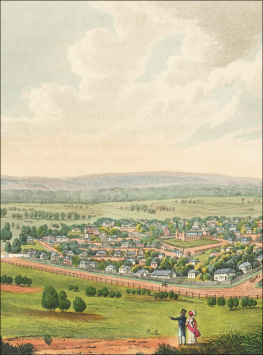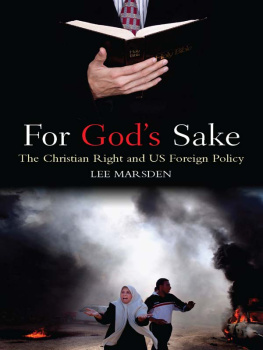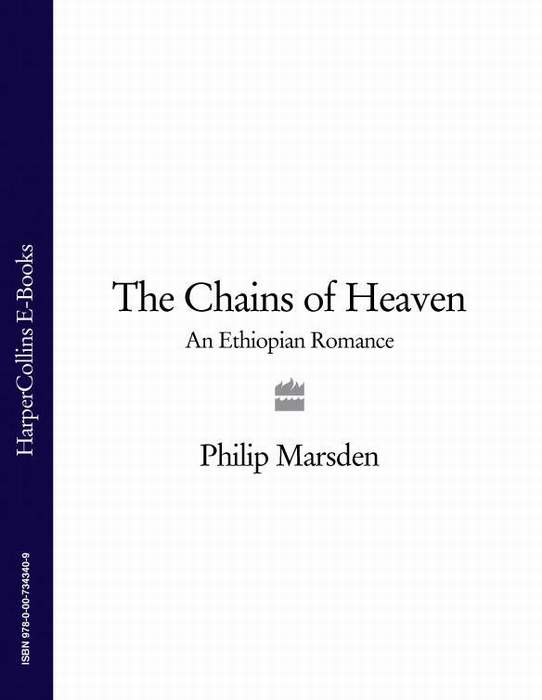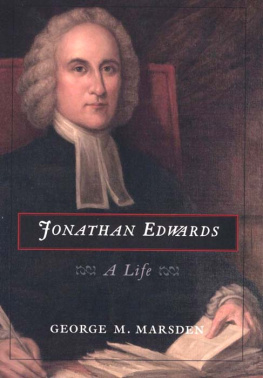At the outset of this book George Marsden makes the simple but profound observation that the United States is both remarkably religious and remarkably profane. This organizing principle helps make his Religion and American Culture an astute, accessible, and wonderful introduction to the fascinating puzzle of American religious history.
THOMAS S. KIDD
Baylor University
In this highly readable volume Marsden provides a sweeping overview of religion in American history. He not only sketches the landscape with enviable clarity but also offers an interpretive frame for understanding the relationship of American religion and cultureand ultimately for comprehending a nation that is both remarkably religious and remarkably profane.
KRISTIN DU MEZ
Calvin College
Any list of the most influential American historians of the past half-century would undoubtedly include George Marsden. His Religion and American Culture is a careful, balanced assessment not only of Christianitys complex role in American history but also of American cultures influence on Christianity. No better brief yet profound treatment of Christianitys 400 years in the United States exists than this volume.
RICK OSTRANDER
Council for Christian Colleges & Universities
In this survey of the religious (and, paradoxically, secular) forces that have shaped American life over the past four centuries, Marsden masterfully weaves colorful insight and incisive analysis into an accessible narrative that readers of all levels will find highly instructive. This is a must-read, invaluable resource for anyone interested in making sense of past and current trends in American religious culture.
DARREN DOCHUK
University of Notre Dame
With measured prose Marsdens Religion and American Culture deftly illuminates the consistently central role of people of faith in our countrys history. Often dealing with matters that have been overheated by insistent polemics, Marsden broad-mindedly lets the chips fall where they may, allowing churches their role in sowing seeds both evil and good. The book is especially innovative when showing the role of Protestantism, Catholicism, and Judaism in elite political and intellectual circles from the 1870s to the 1970s.
RICK KENNEDY
Point Loma Nazarene University
I am thrilled that Marsdens Religion and American Culture is back in print. While the text certainly stands alone as an introductory survey by one of our generations greatest American religious historians, it will also serve as a supplementary textbook for teachers and professors who want to bring religious developments to bear on US history survey courses.
JOHN FEA
Messiah College
Religion and American Culture
A Brief History
THIRD EDITION
George M. Marsden
WILLIAM B. EERDMANS PUBLISHING COMPANY
GRAND RAPIDS, MICHIGAN
Wm. B. Eerdmans Publishing Co.
2140 Oak Industrial Drive NE, Grand Rapids, Michigan 49505
www.eerdmans.com
2018 George M. Marsden
All rights reserved
First edition 1990
Second edition 2001
Third edition 2018
2726252423222120191812345678910
ISBN 978-0-8028-7539-6
eISBN 978-1-4674-5139-0
Library of Congress Cataloging-in-Publication Data
Names: Marsden, George M., 1939- author.
Title: Religion and American culture : a brief history / George M. Marsden.
Description: Third edition. | Grand Rapids : Eerdmans Publishing Co., 2018. | Includes bibliographical references and index.
Identifiers: LCCN 2018018271 | ISBN 9780802875396 (pbk. : alk. paper)
Subjects: LCSH: Religion and cultureUnited States. | United StatesReligion. | United StatesCivilization.
Classification: LCC BL2525 .M36 2018 | DDC 200.973dc23
LC record available at https://lccn.loc.gov/2018018271
To my students, who are continuing to enrich this history
Contents
Throughout American history, religious beliefs and practices have interacted with other aspects of the culture in many fascinating ways. I have designed this account of those interactions to be a useful guide for anyone seeking to make sense of religious expressions in the United States. In offering these narratives and observations, I draw on what I have learned from more than a half century of teaching and studying this topic. I wrote the initial version in mid-career to serve primarily as a textbook, then simply titled Religion and American Culture. Even at that time, however, I wrote in part with the intention to provide general readers, as well as students, an accessible overview of this intriguing history. As it turned out, it reached only the textbook market. The initial version, appearing in 1990, was successful enough to warrant an updated and revised second edition that came out in 2001. After that, the original publishing company was absorbed in a series of mergers and the book seems to have been all but lost in the shuffle. Now the rights have reverted to me so that I am pleased to present a revised and updated version that is clearly as much addressed to a general audience as it is to students.
With such an audience in mind, I have also strengthened its interpretive dimensions. So, even though the basic narrative remains much the same, I now see this work as a full offering of the best interpretive insights that I have accumulated in considering these topics. I would be pleased, of course, if teachers discovered or rediscovered it as a useful overview of the topic for students. But now the design and format are more clearly tailored, as well, for general readers who wish better to understand the ways in which religious faith has influenced American culture and how American culture has shaped the most prominent American faiths.
This history differs from most texts on American religion in that it has relatively little to do with religious institutions but is primarily a cultural history, trying to understand the reciprocal roles of American religions and American culture in shaping each other. It includes a good bit of what I used to teach as American Intellectual History and later as American History through Beliefs and Values, which explored the changing shapes of dominant and subdominant values and assumptions that people take for granted. Also, unlike some accounts of religion in American life, this book is weighted more toward modern eras since the Civil War, rather than toward the colonial era, because the more recent eras are the ones in which religious dimensions have been most often neglected in general American histories. Also, I suspect that most readers wish to understand the roles of religion in more recent America to better understand their own religious practices, as well as those of their neighbors and fellow citizens.
Since this book has evolved, many of my debts go back quite a way. A generous grant from the Pew Charitable Trusts for the study of The Religious and the Secular in Modern America initially gave me time to work on this volume. I am also grateful to the Divinity School of Duke University and to Dennis Campbell, its dean at that time, for release from some duties while I worked on this project. I also want to thank the University of Notre Dame, the Francis A. McAnaney Chair, and the McAnaney family for their longstanding and always gracious support.
I also owe substantial debts to those who read the first draft and provided valuable commentaries on it. These include Diana Butler Bass, Tony Jenkins, Paul Kemeny, Evelyn Kirkley, Brad Longfield, Bruce Mullin, Jeff Trexler, and Grant Wacker. I am especially grateful to Paul Kemeny, who, in addition to making extensive comments on the manuscript, served as research assistant in preparing the notes and checking many details. For work on the second edition, I thank Brian Bademan, Kristin Kobes DuMez, and John Turner for their comments and suggestions and Darren Dochuk for his research help. I am also grateful for the help of the outside reviewers in preparation for the second edition: Maxie B. Burch, Grand Canyon University; Barry Hankins, Baylor University; and Stephen M. Johnson, Montclair State University.

